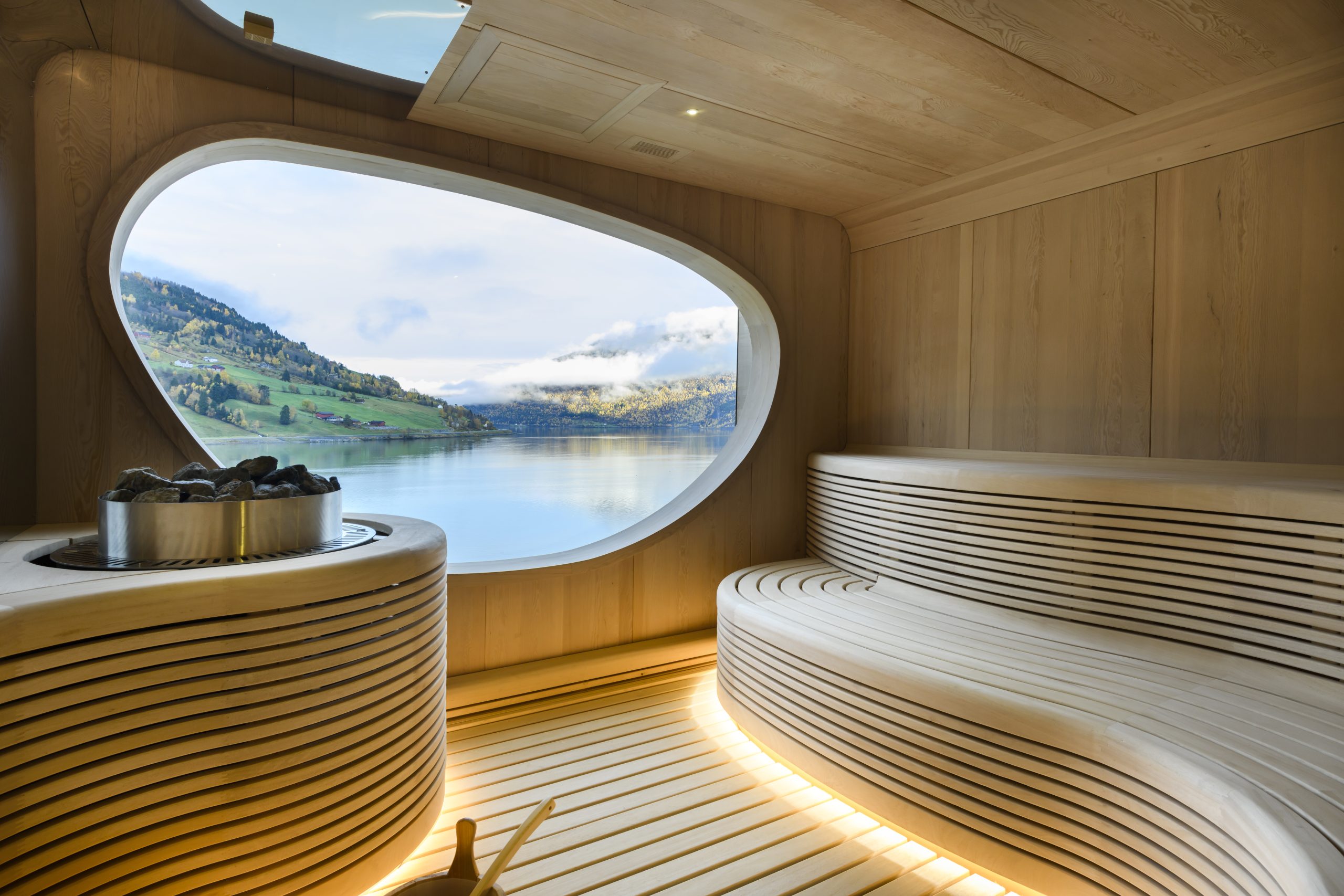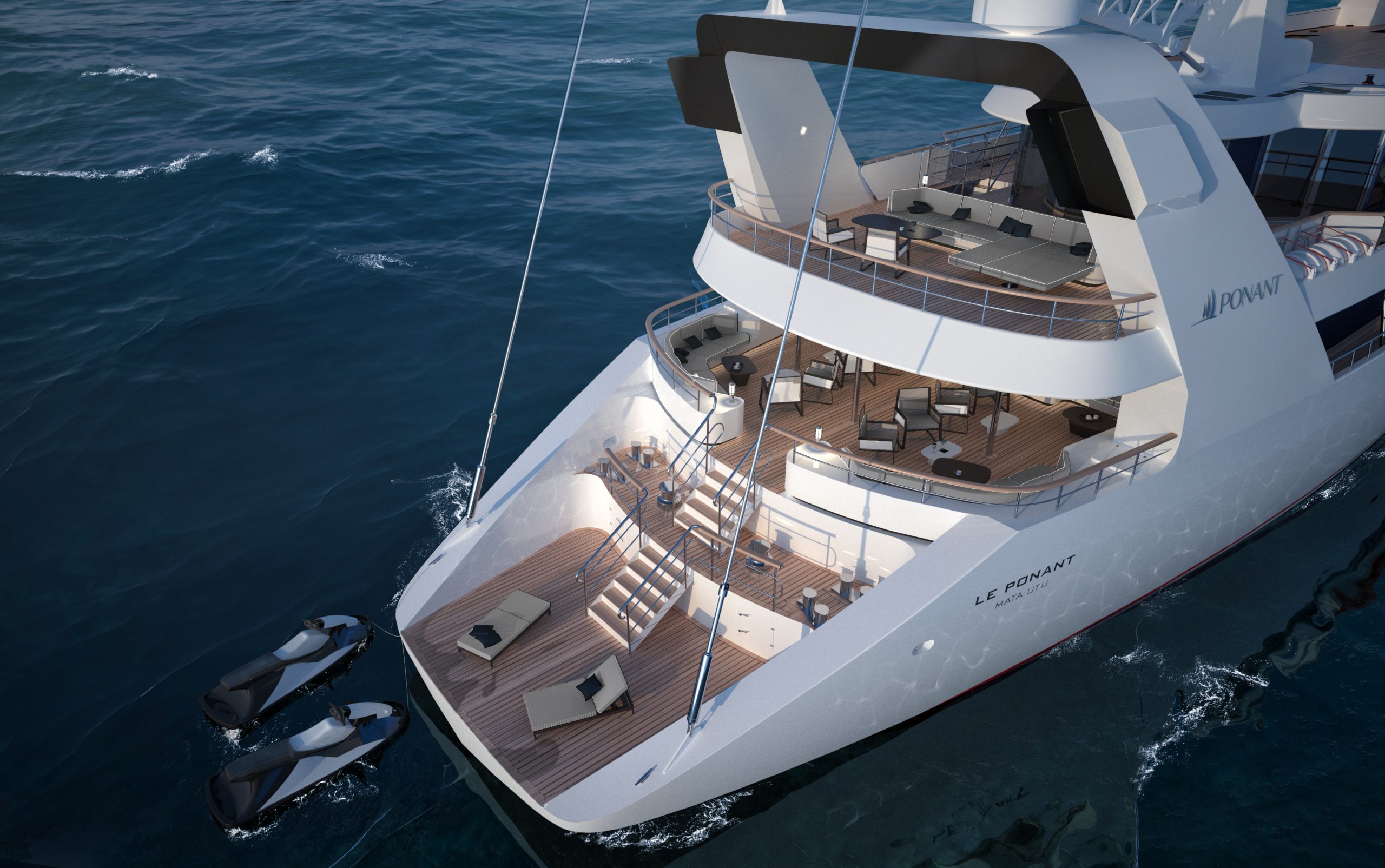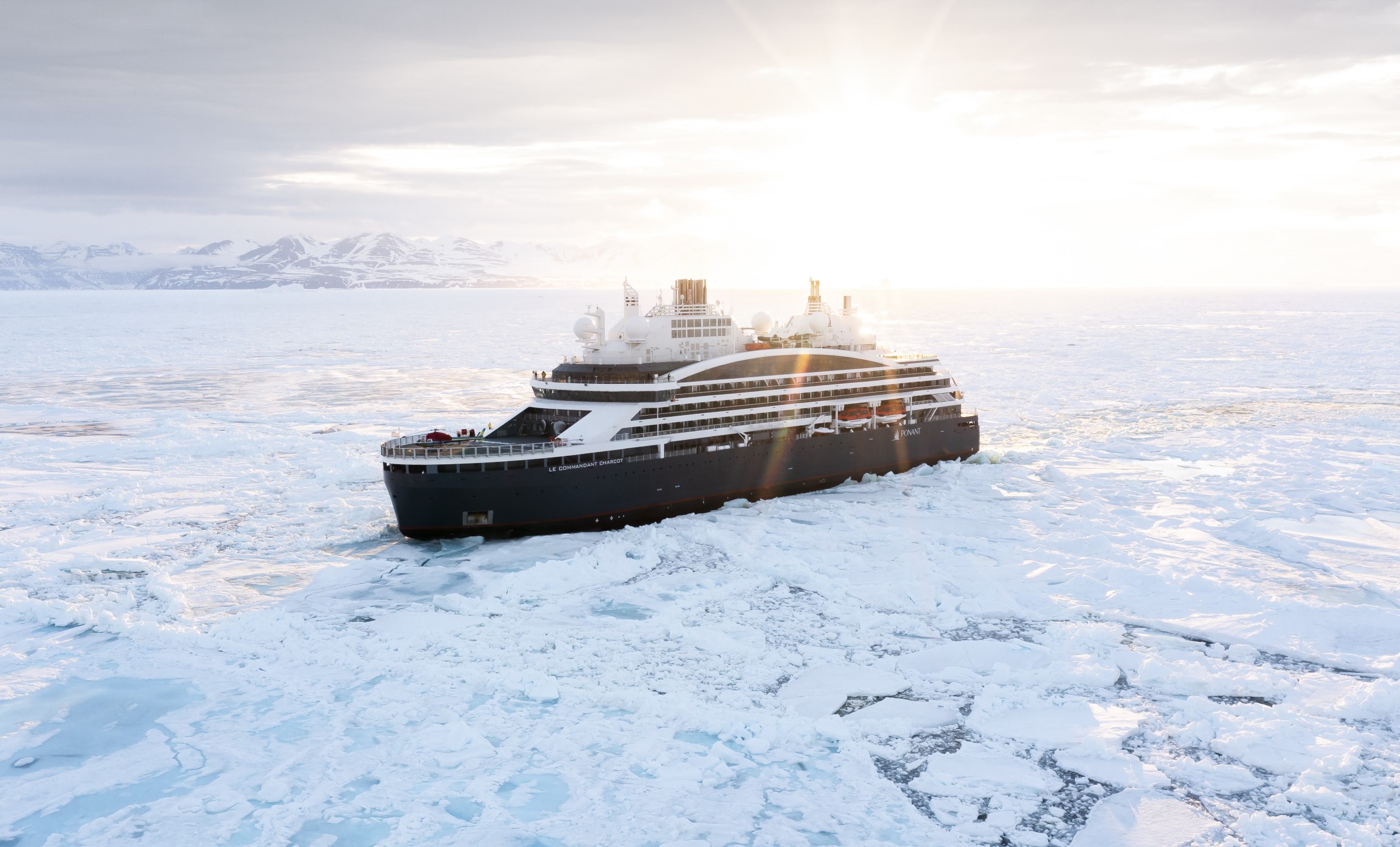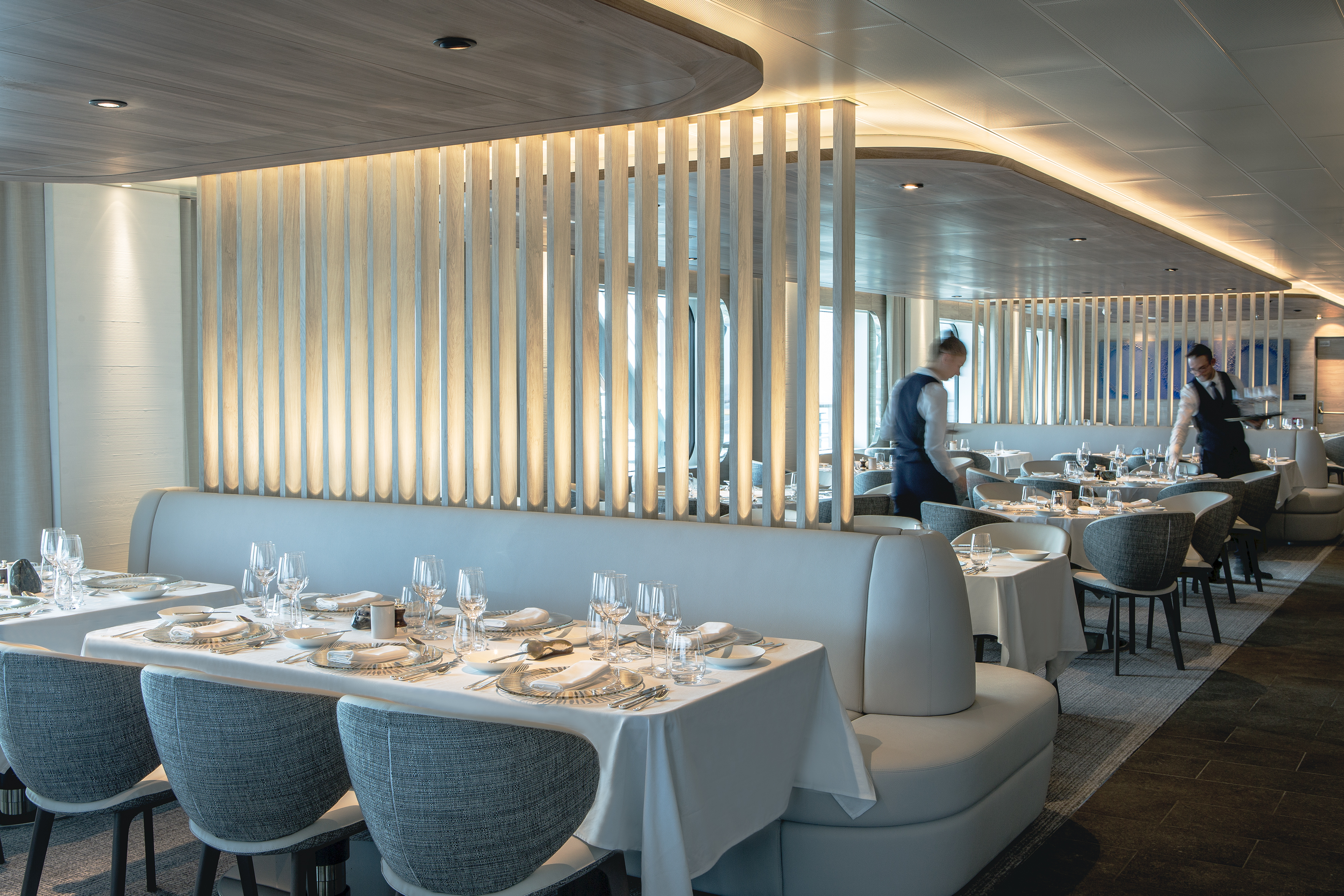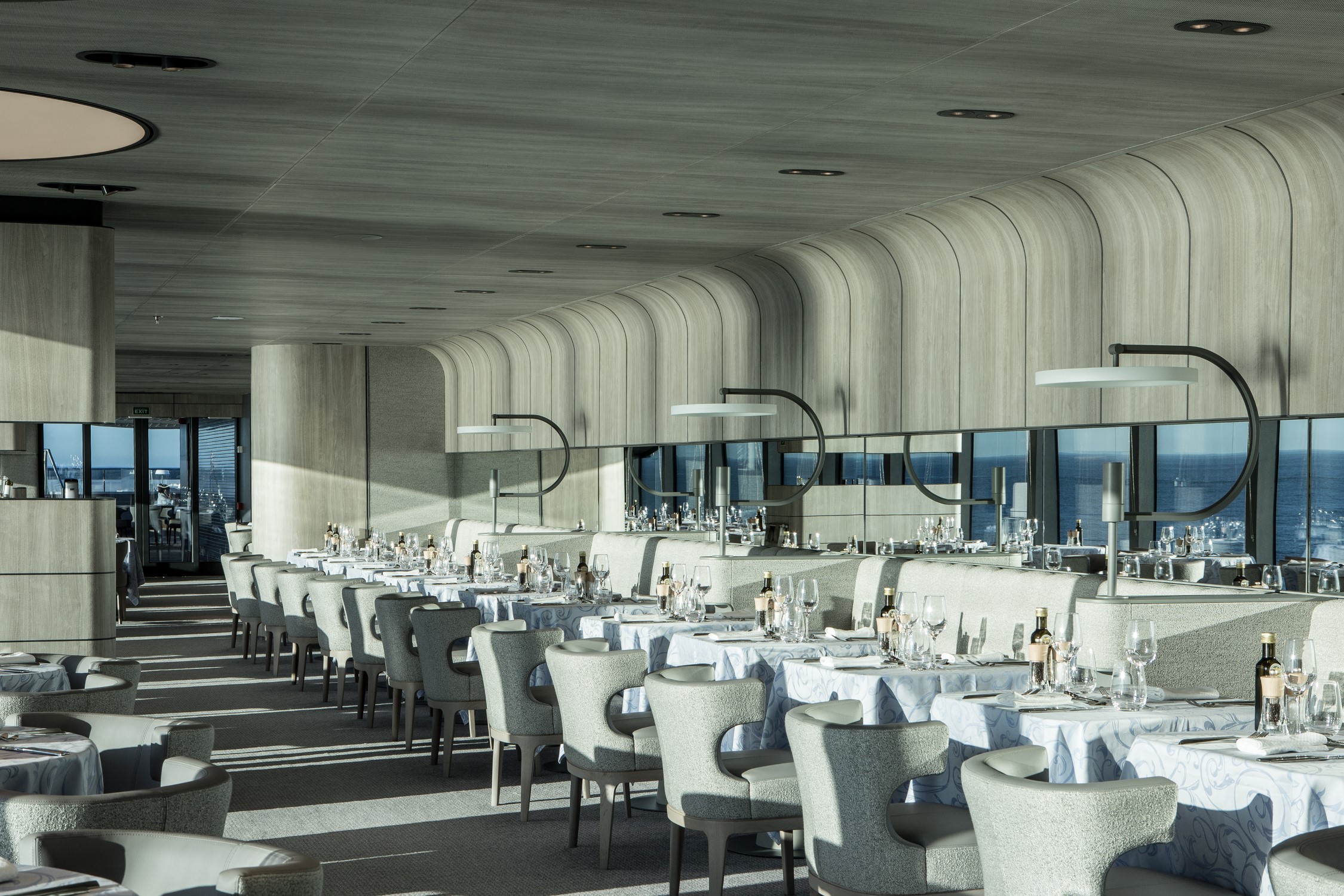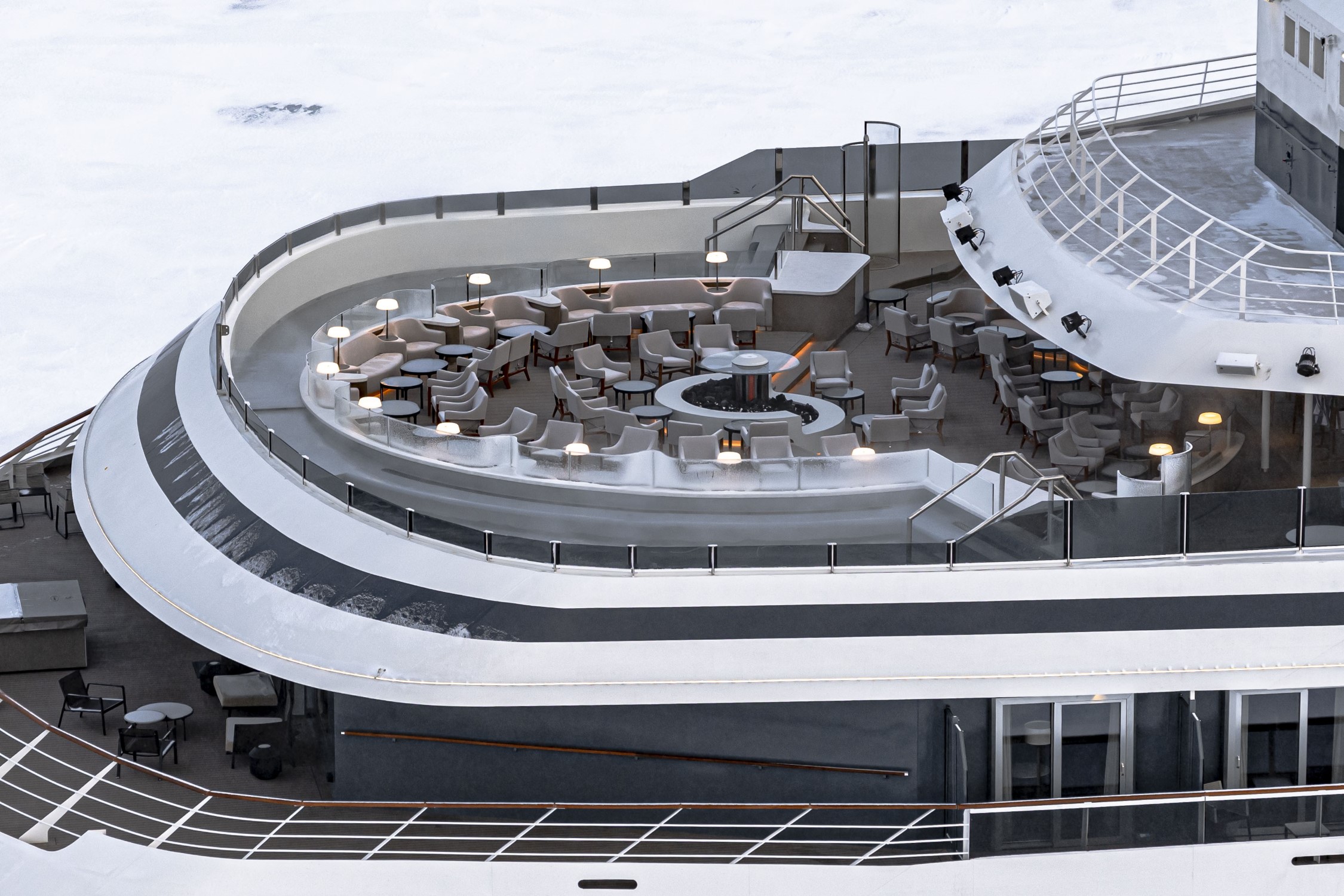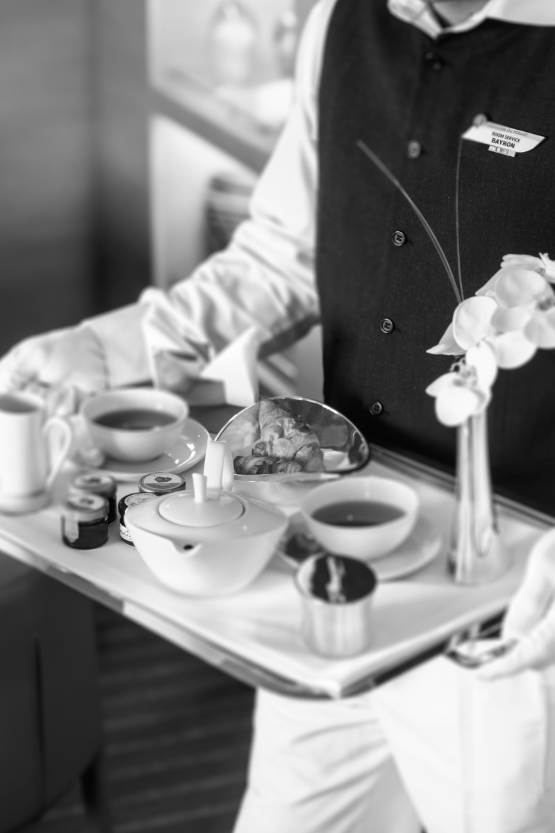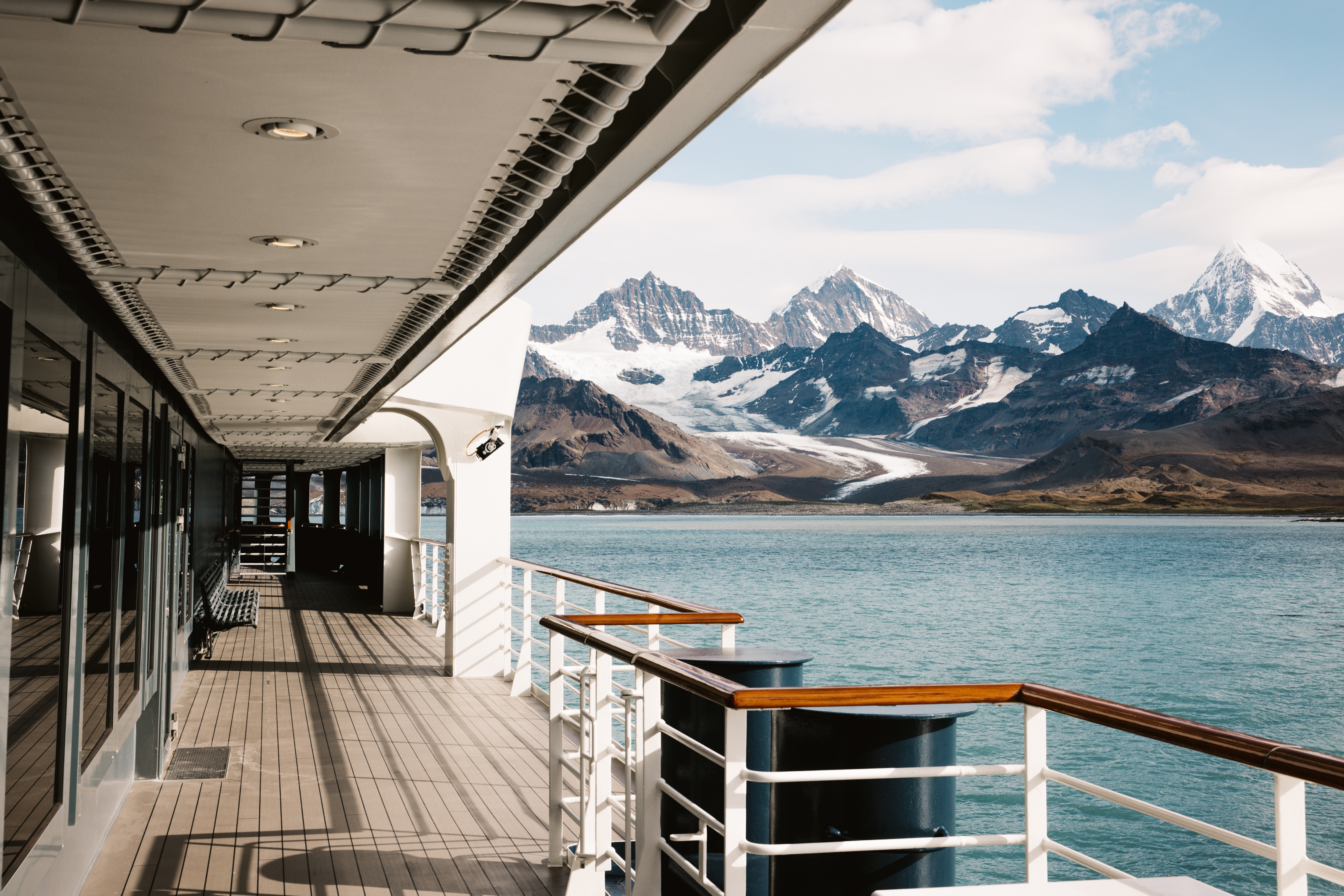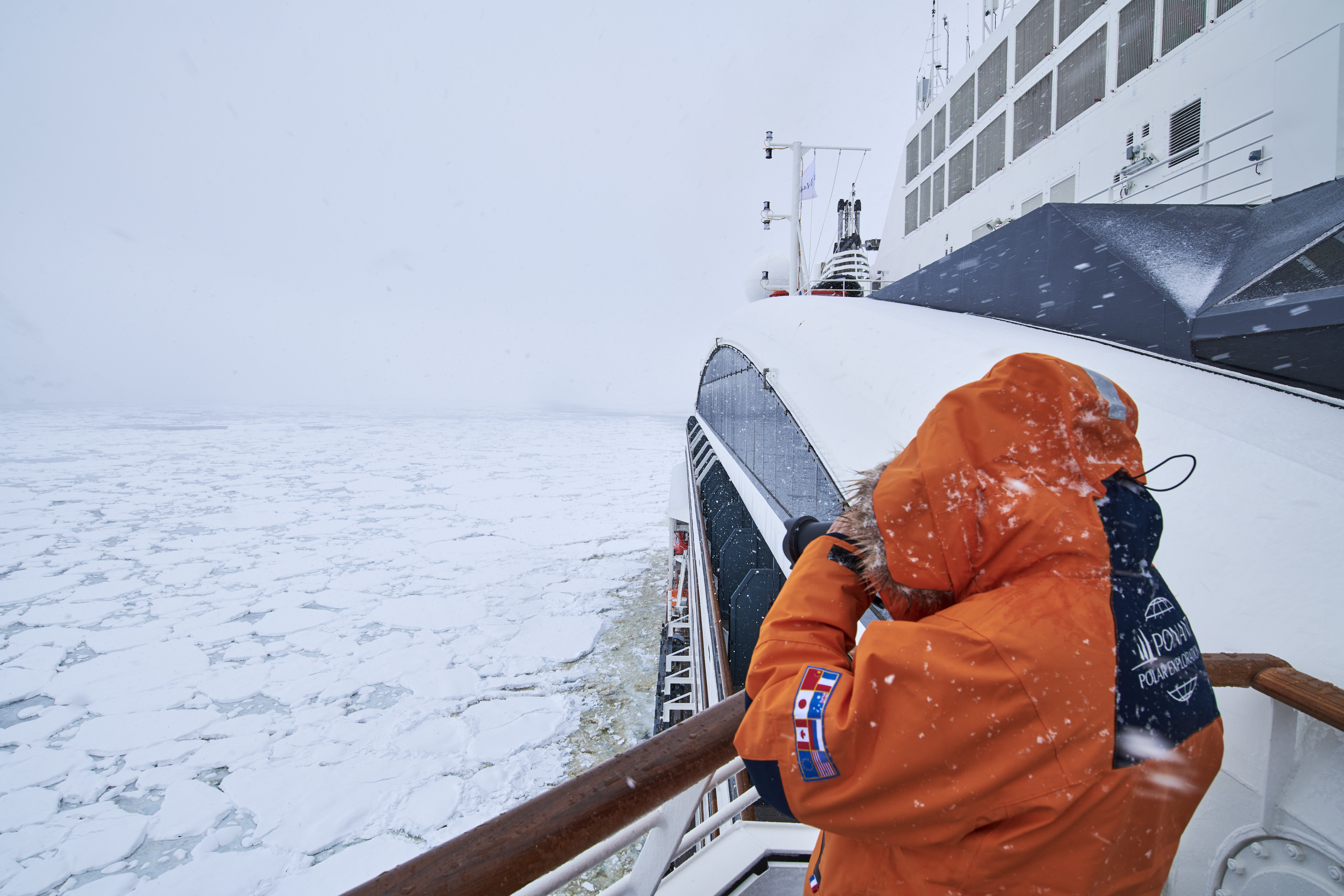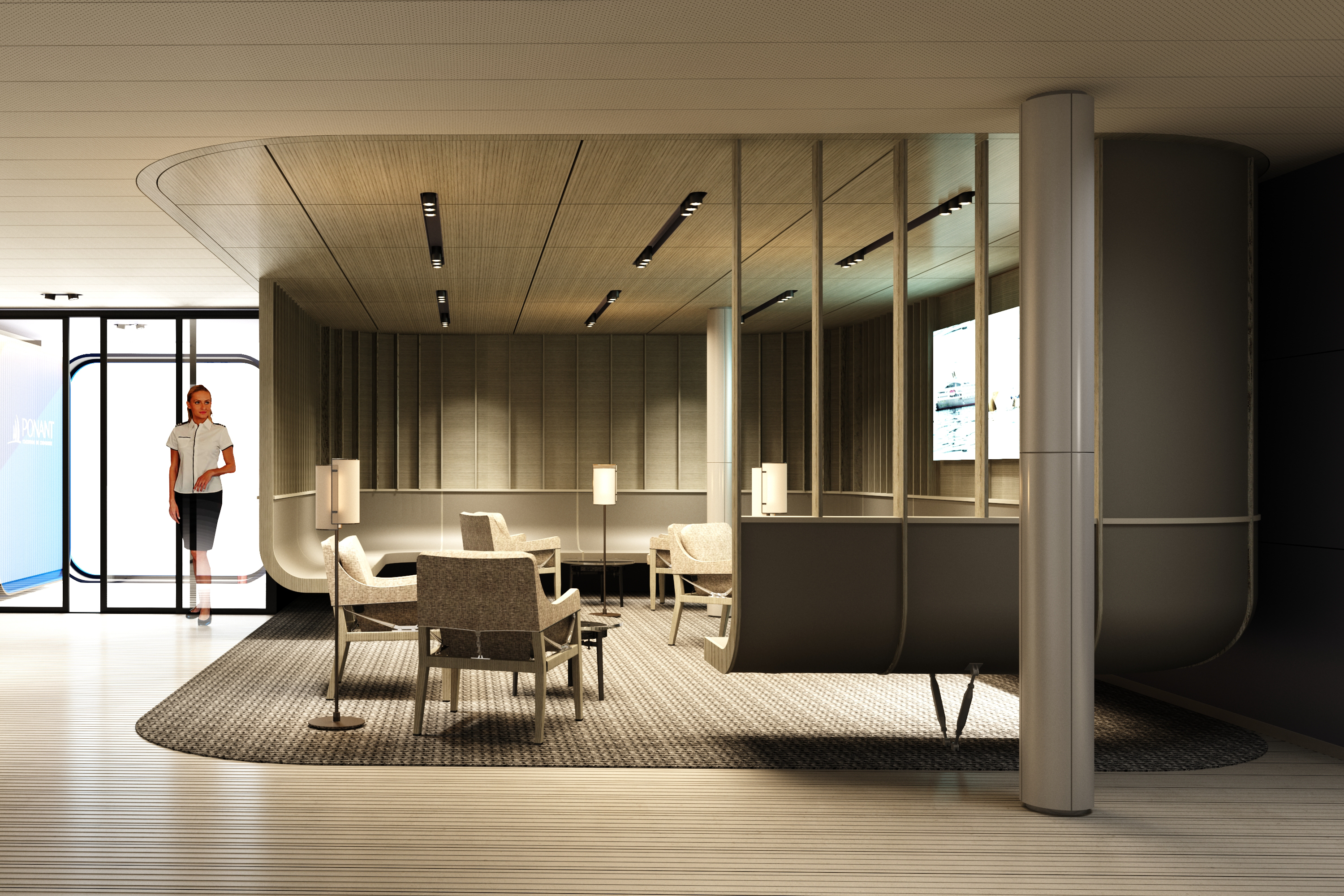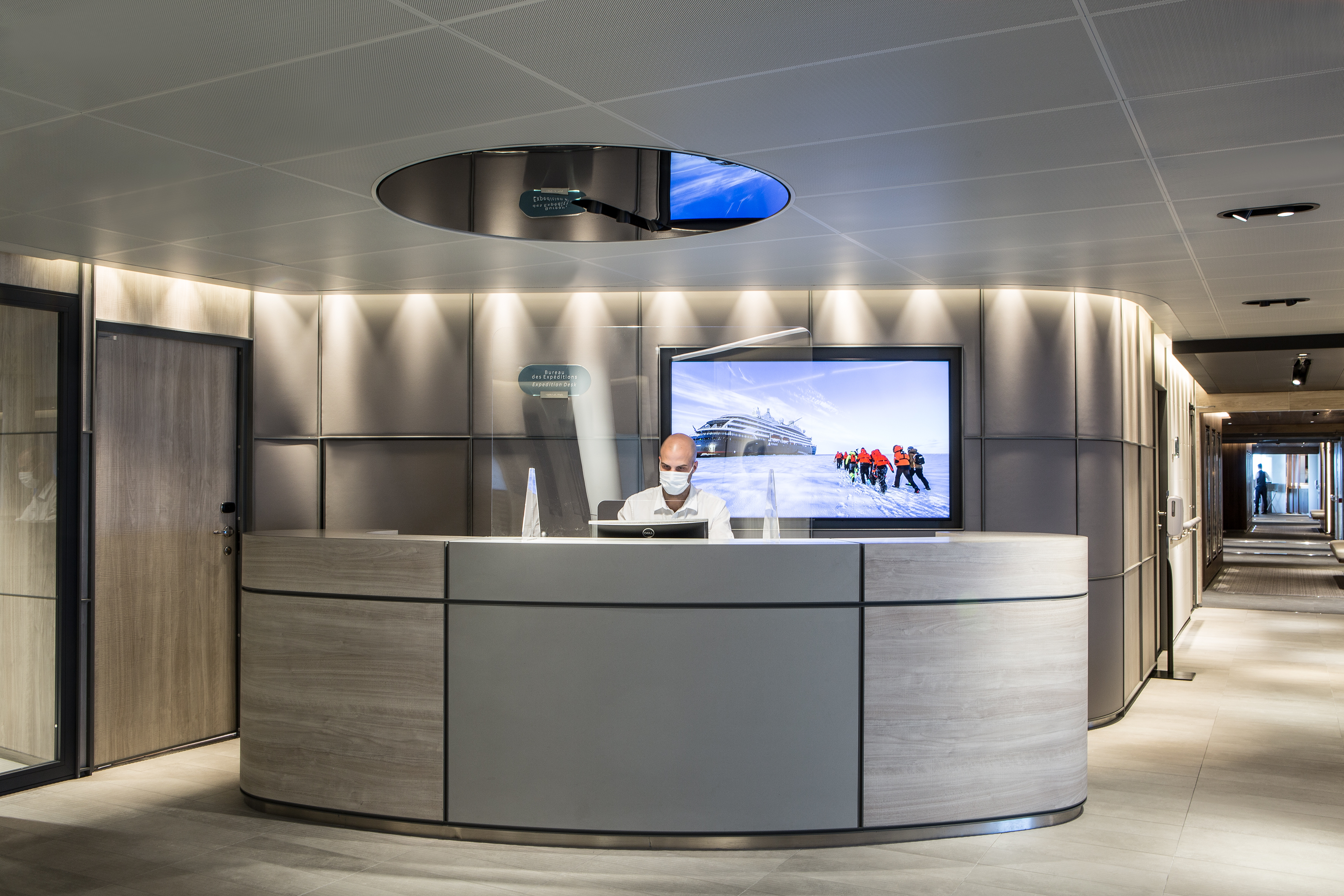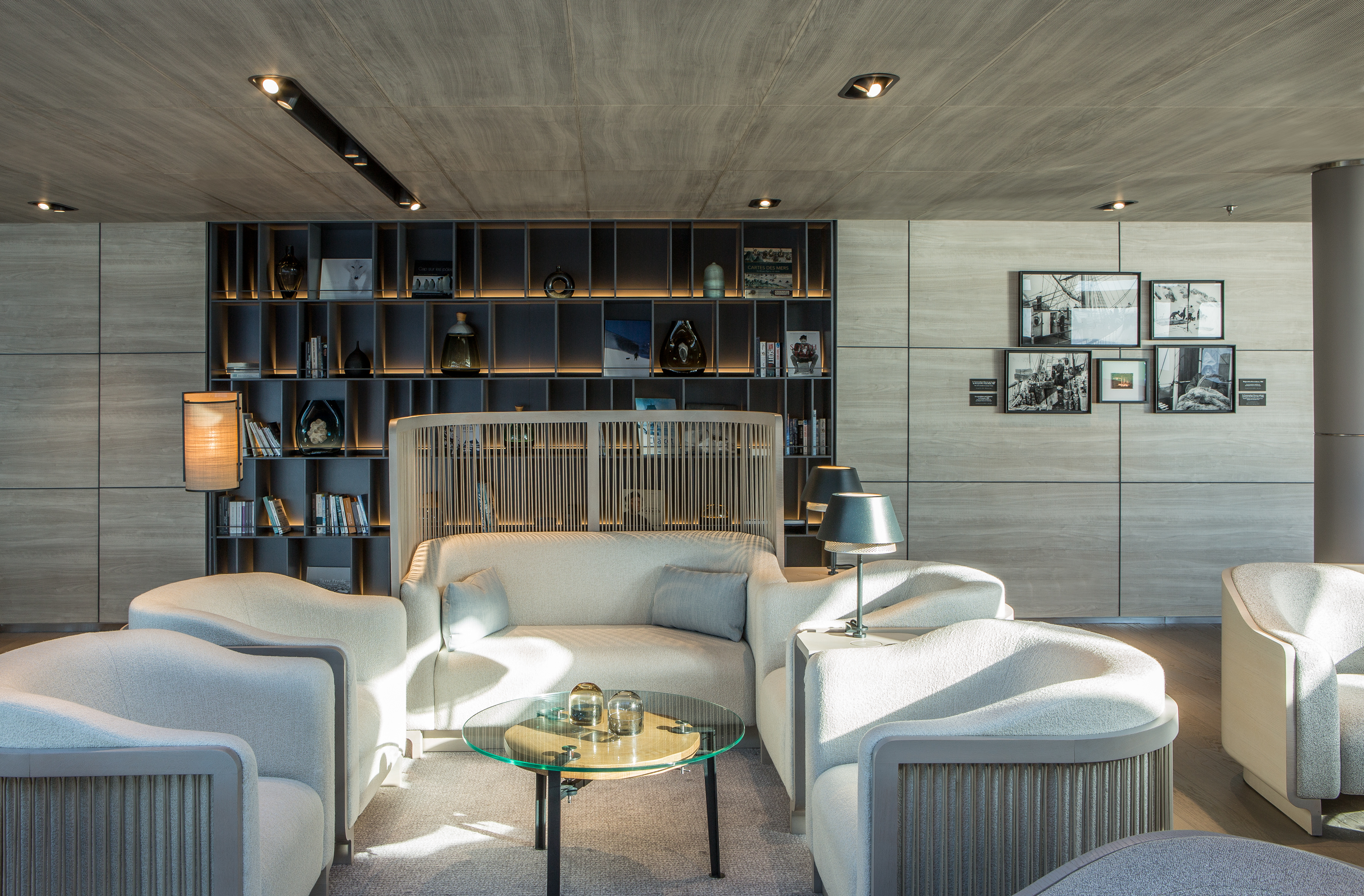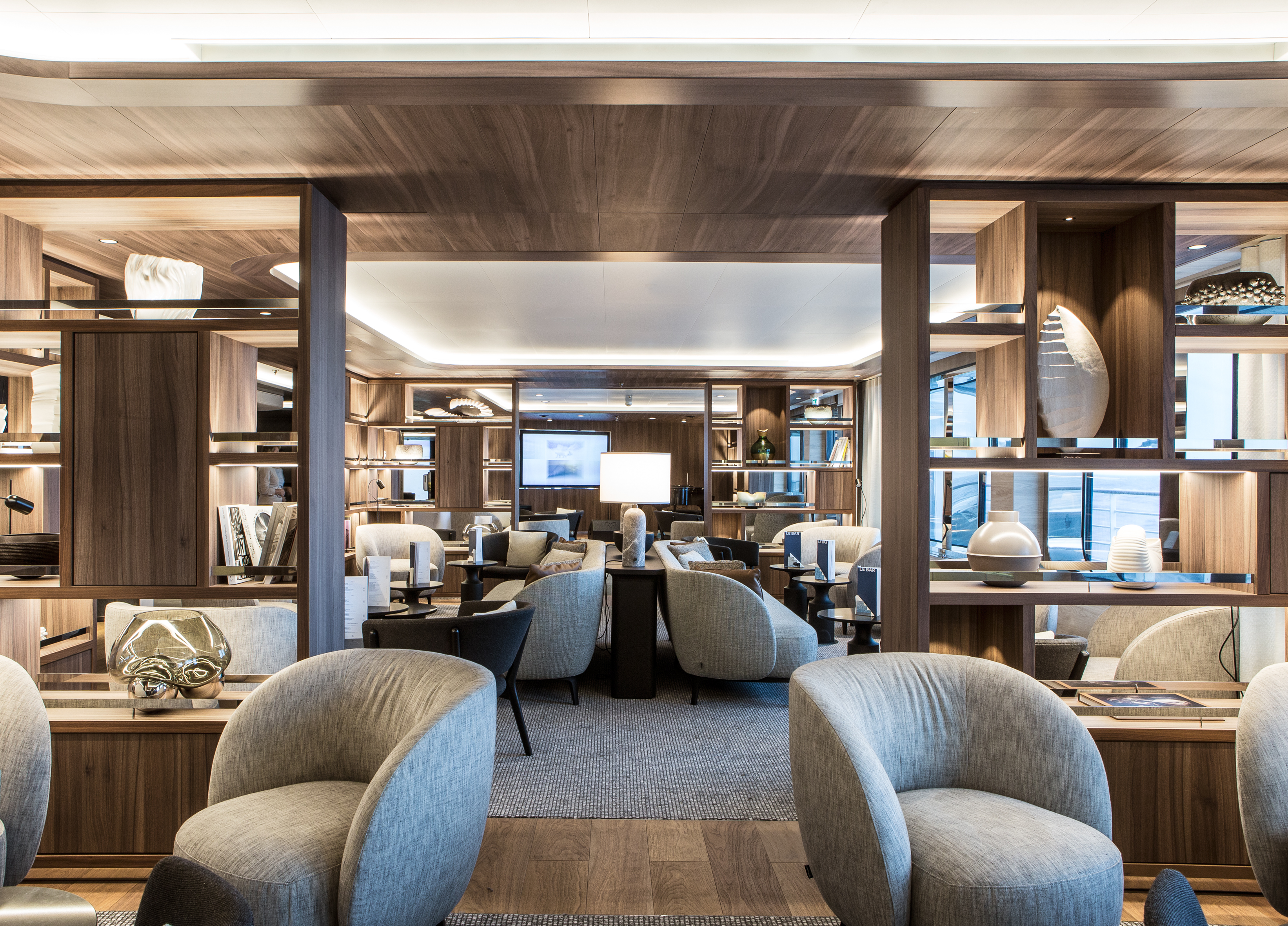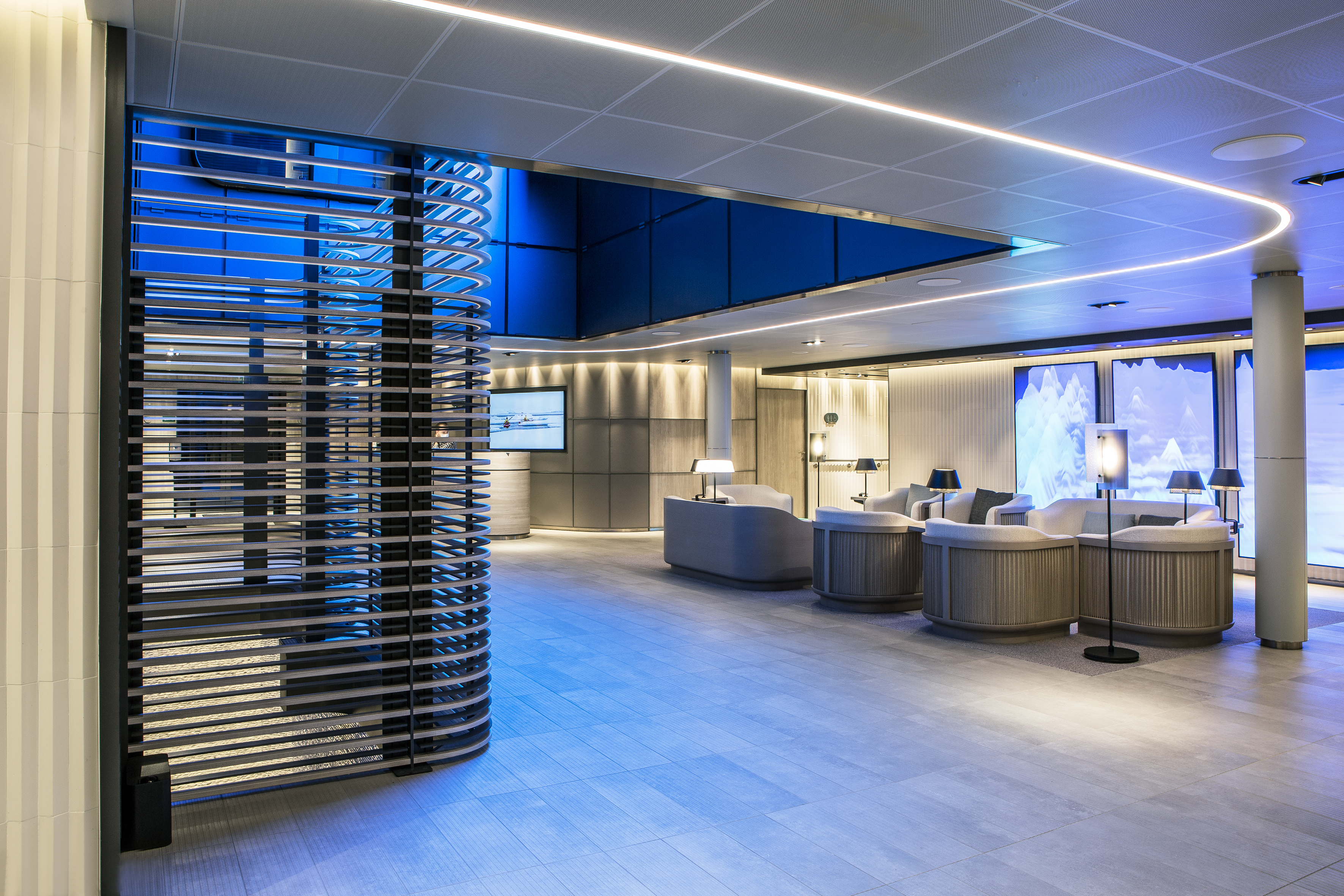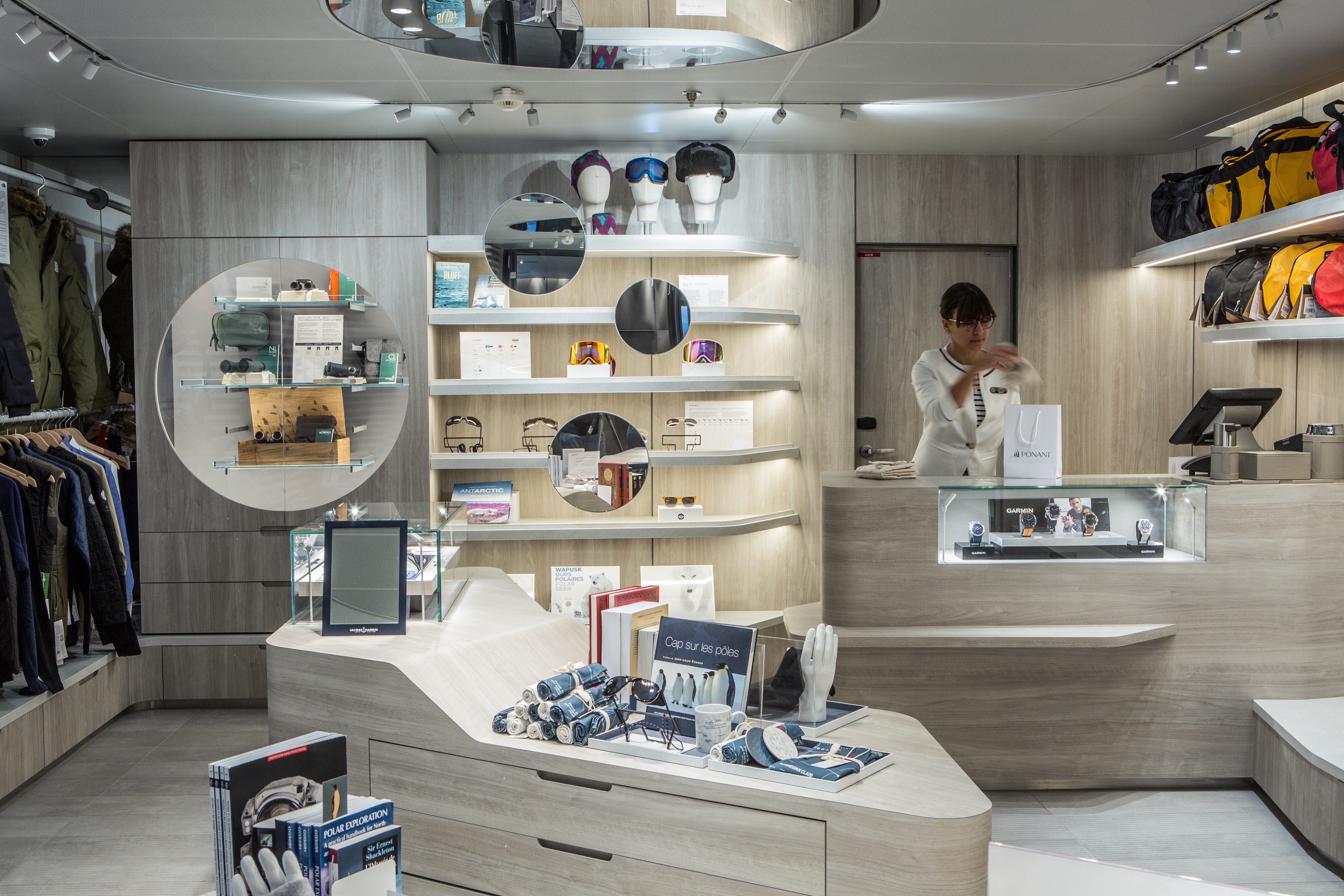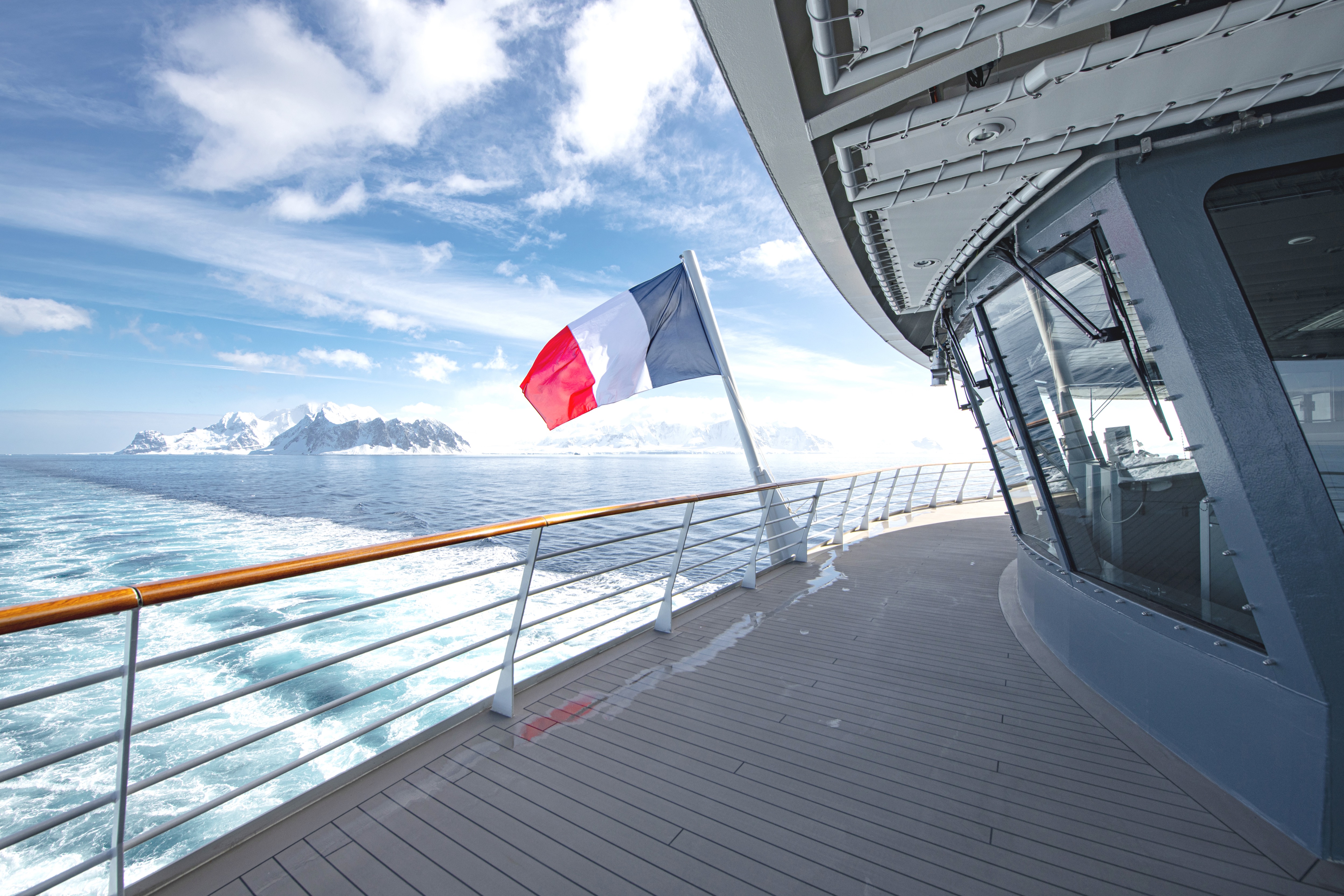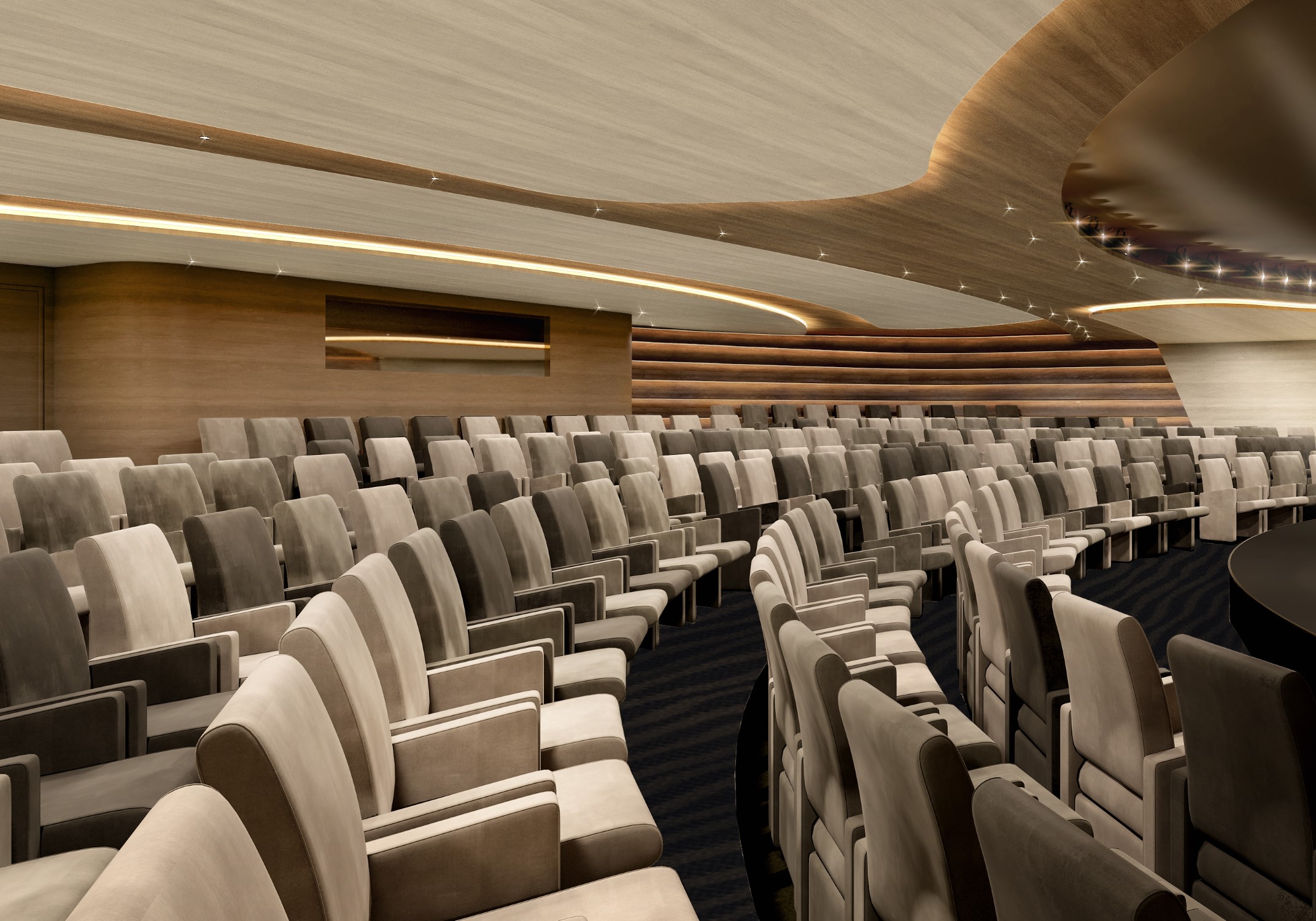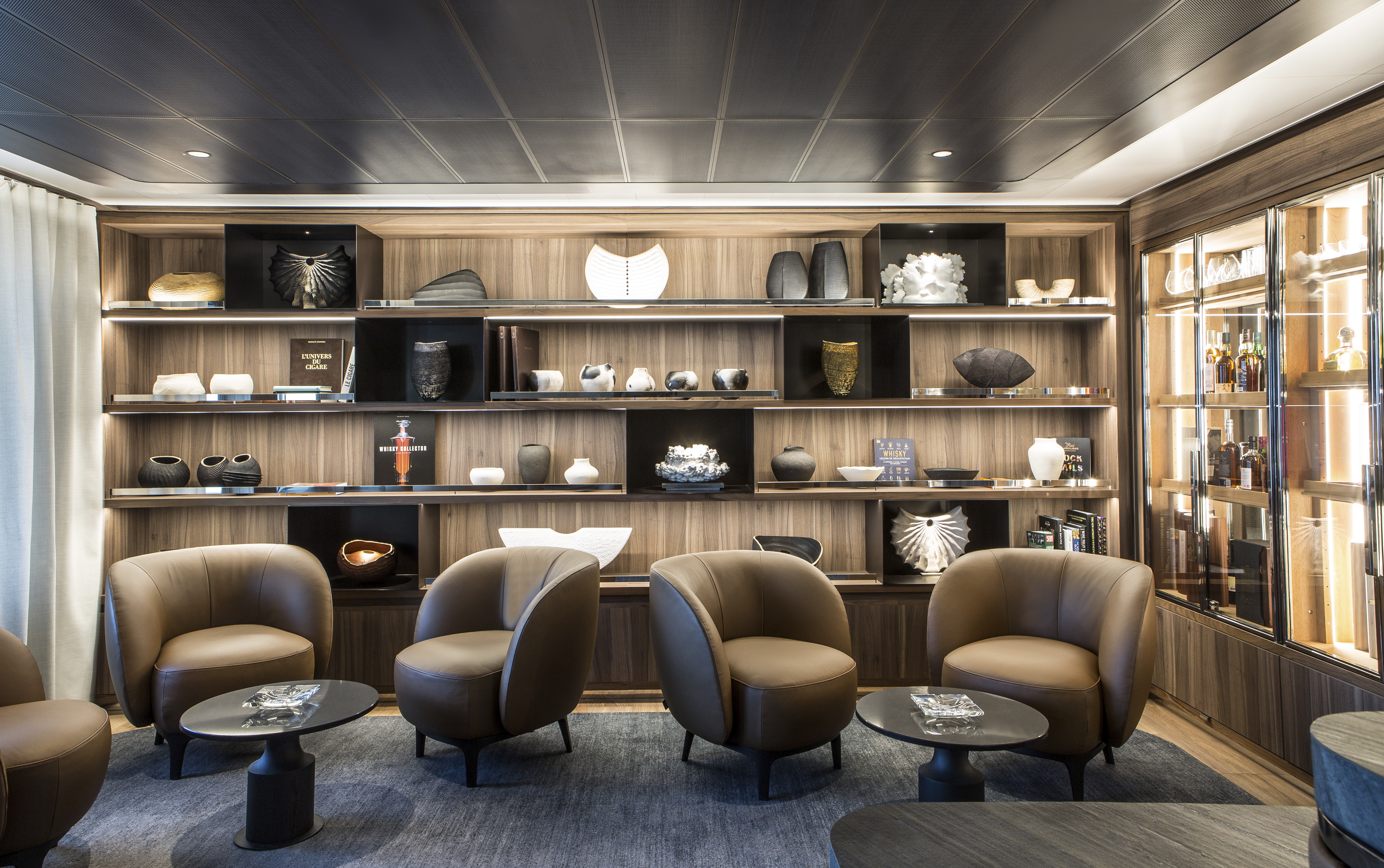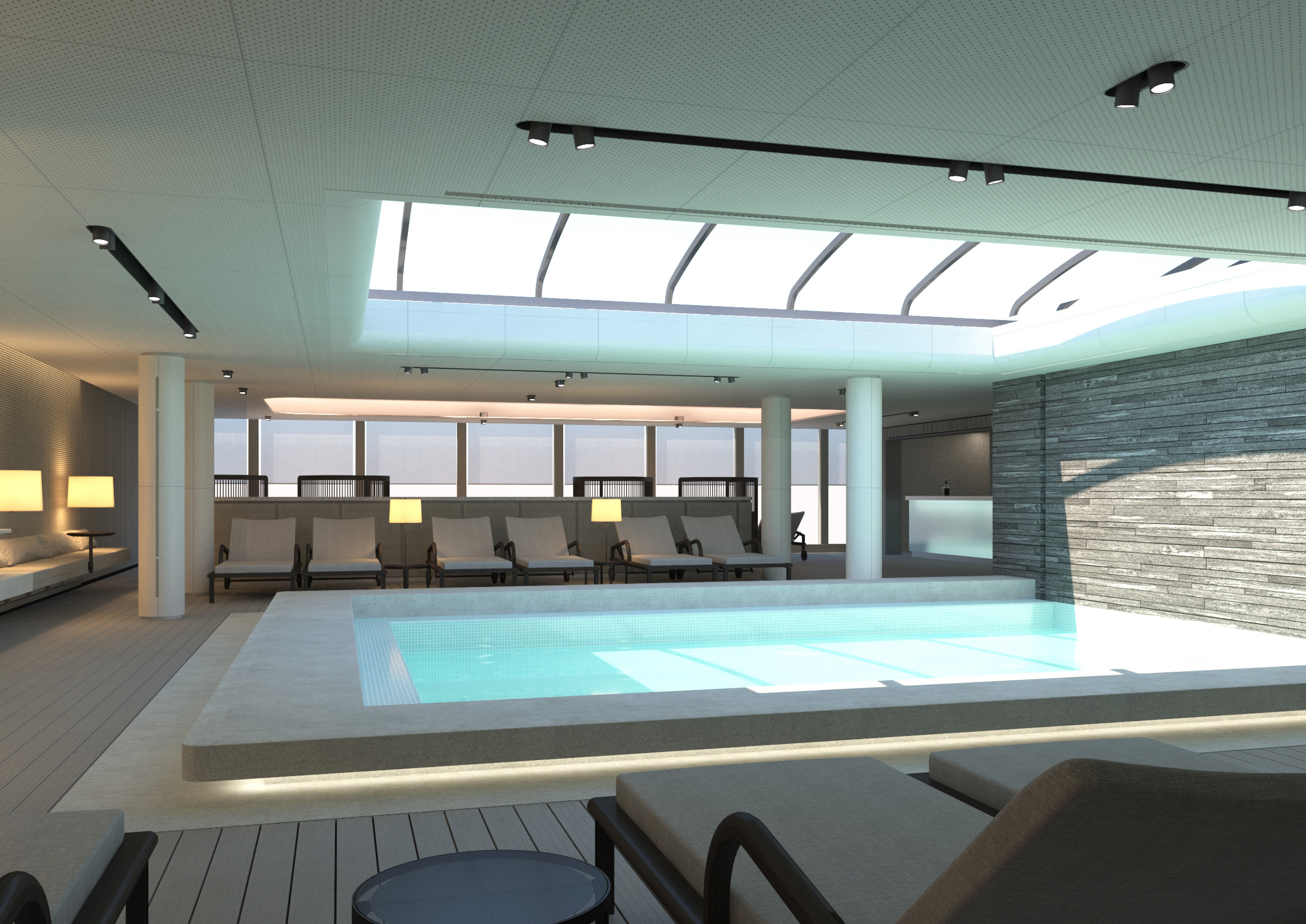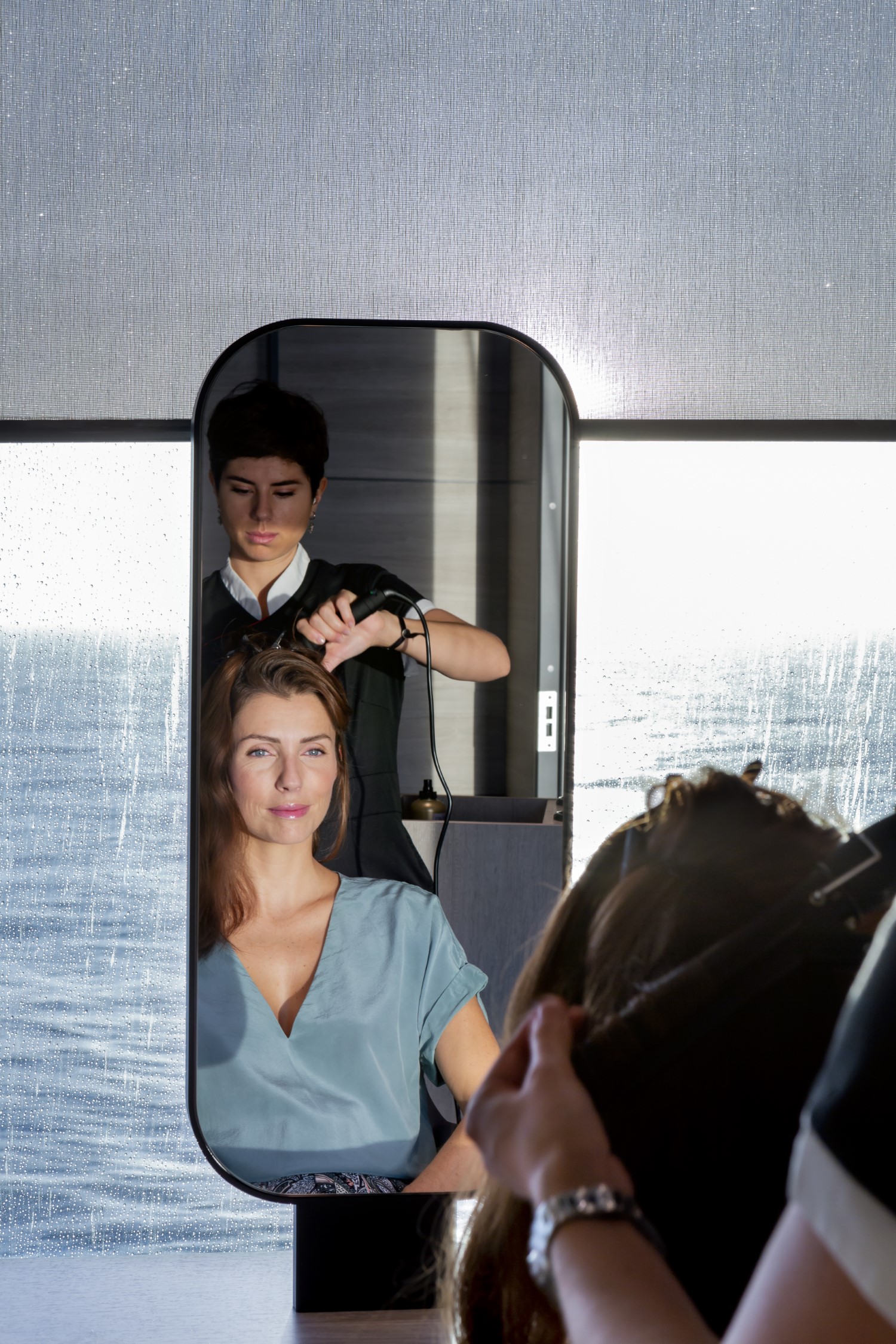Itinerary
Québec City’s alluring setting atop Cape Diamond (Cap Diamant) evokes a past of high adventure, military history, and exploration. This French-speaking capital city is the only walled city north of Mexico. Visitors come for the delicious and inventive cuisine, the remarkable historical continuity, and to share in the seasonal exuberance of the largest Francophone population outside France.The historic heart of this community is the Old City (Vieux-Québec), comprising the part of Upper Town (Haute-Ville) surrounded by walls and Lower Town (Basse-Ville), which spreads out at the base of the hill from Place Royale. Many sets of staircases and the popular funicular link the top of the hill with the bottom. Cobblestone streets, horse-drawn carriages, and elaborate cathedrals here are charming in all seasons. The Old City earned recognition as an official UNESCO World Heritage site in 1985, thanks largely to city planners who managed to update and preserve the 400-year-old buildings and attractions without destroying what made them worth preserving. The most familiar icon of the city, Fairmont Château Frontenac, is set on the highest point in Upper Town, where it holds court over the entire city.Sitting proudly above the confluence of the St. Lawrence and St. Charles rivers, the city’s famous military fortification, La Citadelle, built in the early 19th century, remains the largest of its kind in North America. In summer, visitors should try to catch the Changing of the Guard, held every morning at 10 am; you can get much closer to the guards here than at Buckingham Palace in London.Enchanting as it is, the Old City is just a small part of the true Québec City experience. Think outside the walls and explore St-Roch, a downtown hot spot, which has artsy galleries, foodie haunts, and a bustling square. Cruise the Grande-Allée and avenue Cartier to find a livelier part of town dotted with nightclubs and fun eateries. Or while away the hours in St-Jean-Baptiste, a neighborhood with trendy shops and hipster hangouts.
By heading almost due east from Cap-aux-Meules in Canada, it is possible to reach France in about one day’s worth of steaming! With barely 6,000 inhabitants living on tiny St. Pierre, it is the smallest French Overseas Collective. The residents of St. Pierre are predominantly descendants of Normans, Basque and Bretons and the French spoken is closer to Metropolitan French than to Canadian French. Although Basque is not spoken any longer, the influence is still felt through sport and a Basque Festival. Interestingly, this small island has two museums in part dedicated to the Prohibition. The Musée Heritage is St. Pierre’s newest museum with a focus on medical artefacts from the 19th and 20th century. Another claim to fame is a guillotine, the only one ever used in North America. In this quirky village it is easy to find the Post Office; just look for the clock tower shaped like a praying monk.
Viewing the workings of this major Canadian port from a waterfront boardwalk, no one would guess this was once a quiet fishing village. The place boomed after World War II, when large companies decided Sept-Îles would make a good base for expanding northern Québec’s iron-mining industry. But all of the massive infrastructure can’t trump Mother Nature. Beautiful beaches line the coast, and the islands of an archipelago park sit just offshore. Campers and bird-watchers flock here, in part to spot the colorful beaks of the puffins.
Québec City’s alluring setting atop Cape Diamond (Cap Diamant) evokes a past of high adventure, military history, and exploration. This French-speaking capital city is the only walled city north of Mexico. Visitors come for the delicious and inventive cuisine, the remarkable historical continuity, and to share in the seasonal exuberance of the largest Francophone population outside France.The historic heart of this community is the Old City (Vieux-Québec), comprising the part of Upper Town (Haute-Ville) surrounded by walls and Lower Town (Basse-Ville), which spreads out at the base of the hill from Place Royale. Many sets of staircases and the popular funicular link the top of the hill with the bottom. Cobblestone streets, horse-drawn carriages, and elaborate cathedrals here are charming in all seasons. The Old City earned recognition as an official UNESCO World Heritage site in 1985, thanks largely to city planners who managed to update and preserve the 400-year-old buildings and attractions without destroying what made them worth preserving. The most familiar icon of the city, Fairmont Château Frontenac, is set on the highest point in Upper Town, where it holds court over the entire city.Sitting proudly above the confluence of the St. Lawrence and St. Charles rivers, the city’s famous military fortification, La Citadelle, built in the early 19th century, remains the largest of its kind in North America. In summer, visitors should try to catch the Changing of the Guard, held every morning at 10 am; you can get much closer to the guards here than at Buckingham Palace in London.Enchanting as it is, the Old City is just a small part of the true Québec City experience. Think outside the walls and explore St-Roch, a downtown hot spot, which has artsy galleries, foodie haunts, and a bustling square. Cruise the Grande-Allée and avenue Cartier to find a livelier part of town dotted with nightclubs and fun eateries. Or while away the hours in St-Jean-Baptiste, a neighborhood with trendy shops and hipster hangouts.
Ship features
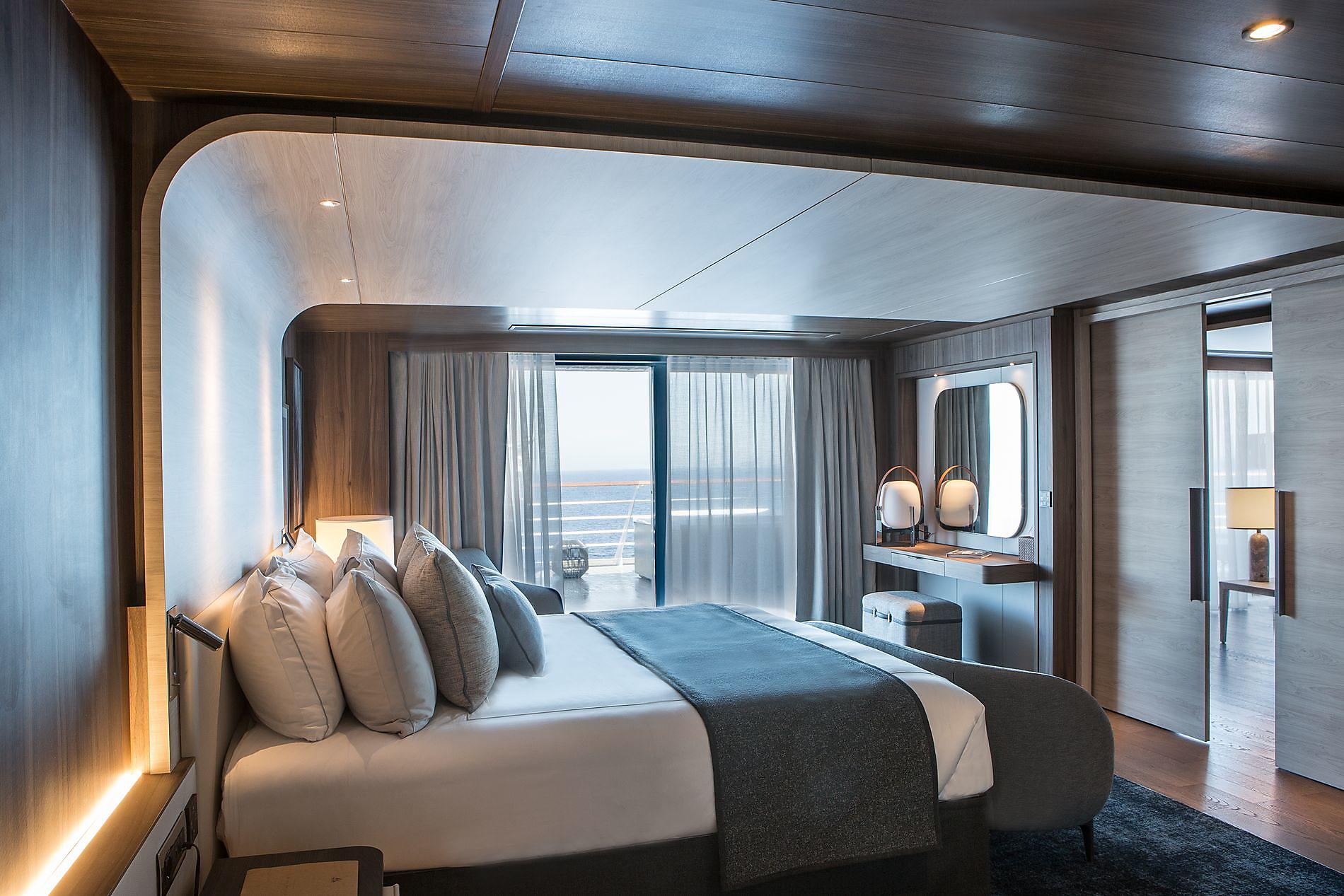
Suite of the Shipowner
Services provided
- Concierge Service: tailor-made and fully customisable services, from your reservation until you return from your trip
- Glazed private balcony for all our staterooms and suites
- Terrace for the Duplex suites and the Owner’s suite
- 24-hour room service
- Inclusive Wifi internet access (availability dependent on navigation and latitude)
- Individually-controlled air conditioning
- Dressing room with shelves and closet
- Dressing table and hairdryer
- Dyptique Paris top-of-the-line bath products
- Minibar
- Nespresso coffee maker and boiler
- Electronic safe
- Direct line telephone
- Bose Bluetooth speaker
- Flat screen TV, international channels (availability dependent on navigation) and videos on demand
- 110V American (two flat pins)/220V European (round sockets with two round pins)
- 3 ADA staterooms
- Private return transfer
- Priority boarding
- Champagne and fruit basket upon arrival
- utler service
- An assortment of sweet or savoury canapés and fruit basket every day
- A bedroom with king-size bed (180 x 200 cm) or two single beds (90 x 200 cm)
- A living room with armchairs, two sofa beds, steam fireplace, and second TV
- A desk and bookcase
- A Samsung tablet connected to Wifi
- A dining room with a 6-seater table
- A minibar with RIEDEL crystal glasses
- A bathroom with shower and Balneo bathtub
- A one-hour spa treatments per person (for 2 people) in the well-being space, chosen from the facial and body treatments on offer
- A private 186 m² terrace: outdoor lounge with deckchairs, hot tub, two sofas, and dining table
- Two panoramic sliding bay windows
- Two pairs of Swarvoski CL Companion 10 x 30 binoculars
- A Swarovski Optik ST VISTA telescope
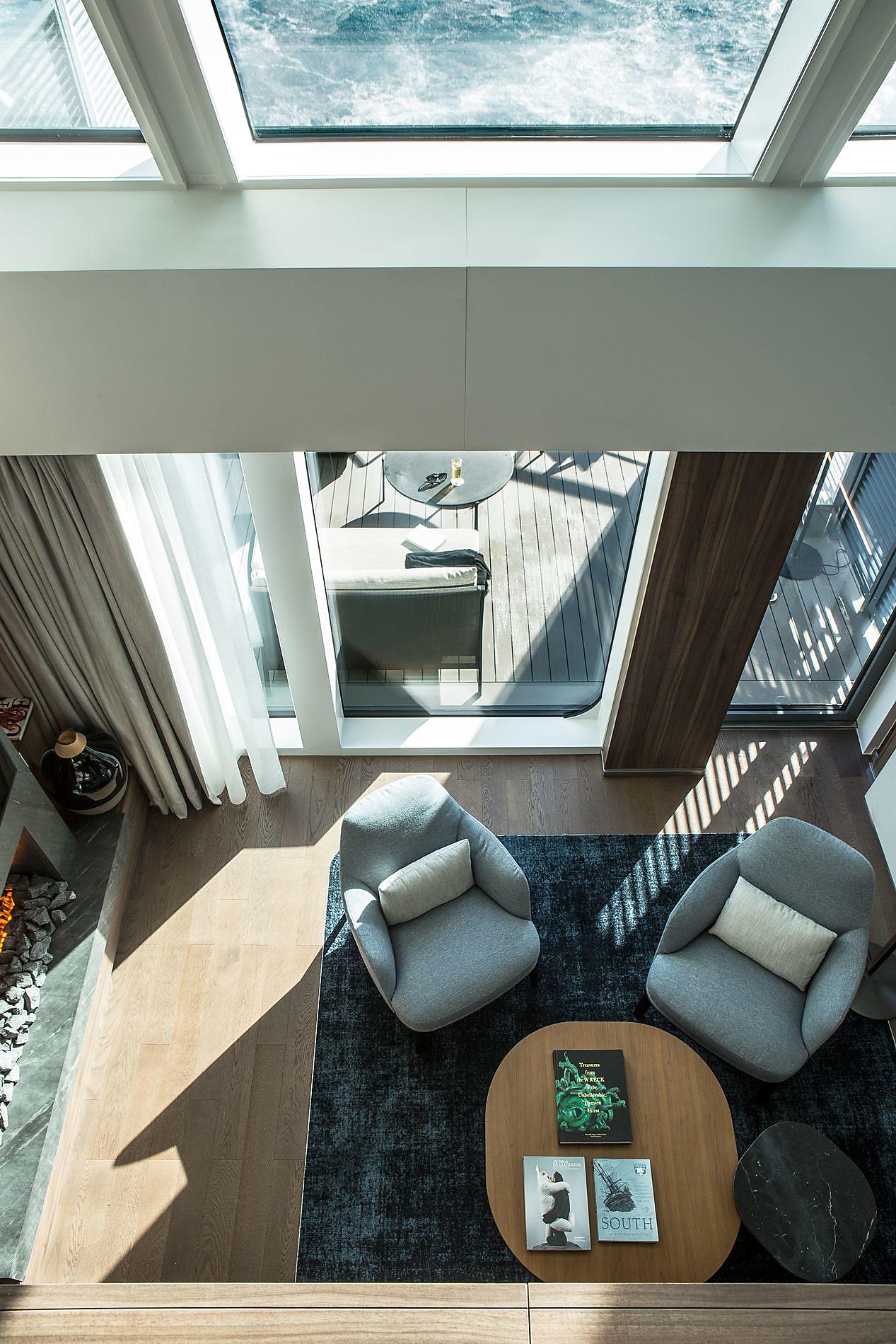
Duplex Suite
Services provided
- Concierge Service: tailor-made and fully customisable services, from your reservation until you return from your trip
- Glazed private balcony for all our staterooms and suites
- Terrace for the Duplex suites and the Owner’s suite
- 24-hour room service
- Inclusive Wifi internet access (availability dependent on navigation and latitude)
- Individually-controlled air conditioning
- Dressing room with shelves and closet
- Dressing table and hairdryer
- Dyptique Paris top-of-the-line bath products
- Minibar
- Nespresso coffee maker and boiler
- Electronic safe
- Direct line telephone
- Bose Bluetooth speaker
- Flat screen TV, international channels (availability dependent on navigation) and videos on demand
- 110V American (two flat pins)/220V European (round sockets with two round pins)
- 3 ADA staterooms
- Private return transfer
- Priority boarding
- Champagne and fruit basket upon arrival
- Butler service
- An assortment of sweet or savoury canapés and a basket of fruit every day
- A lounge with armchairs, sofa bed, steam fireplace and TV
- A dining room with a 6-seater table
- A minibar with RIEDEL crystal glasses
- A Samsung tablet connected to Wi-Fi
- A bedroom with king-size bed (180 x 200 cm) or two single beds (90 x 200 cm) and TV
- A bathroom with shower and balneo bathtub
- Five panoramic windows and a glazed panoramic swing door
- A private 26 m² terrace: outdoor lounge with sofa and armchairs, jacuzzi
- Two pairs of Swarvoski CL Companion 10 x 30 binoculars
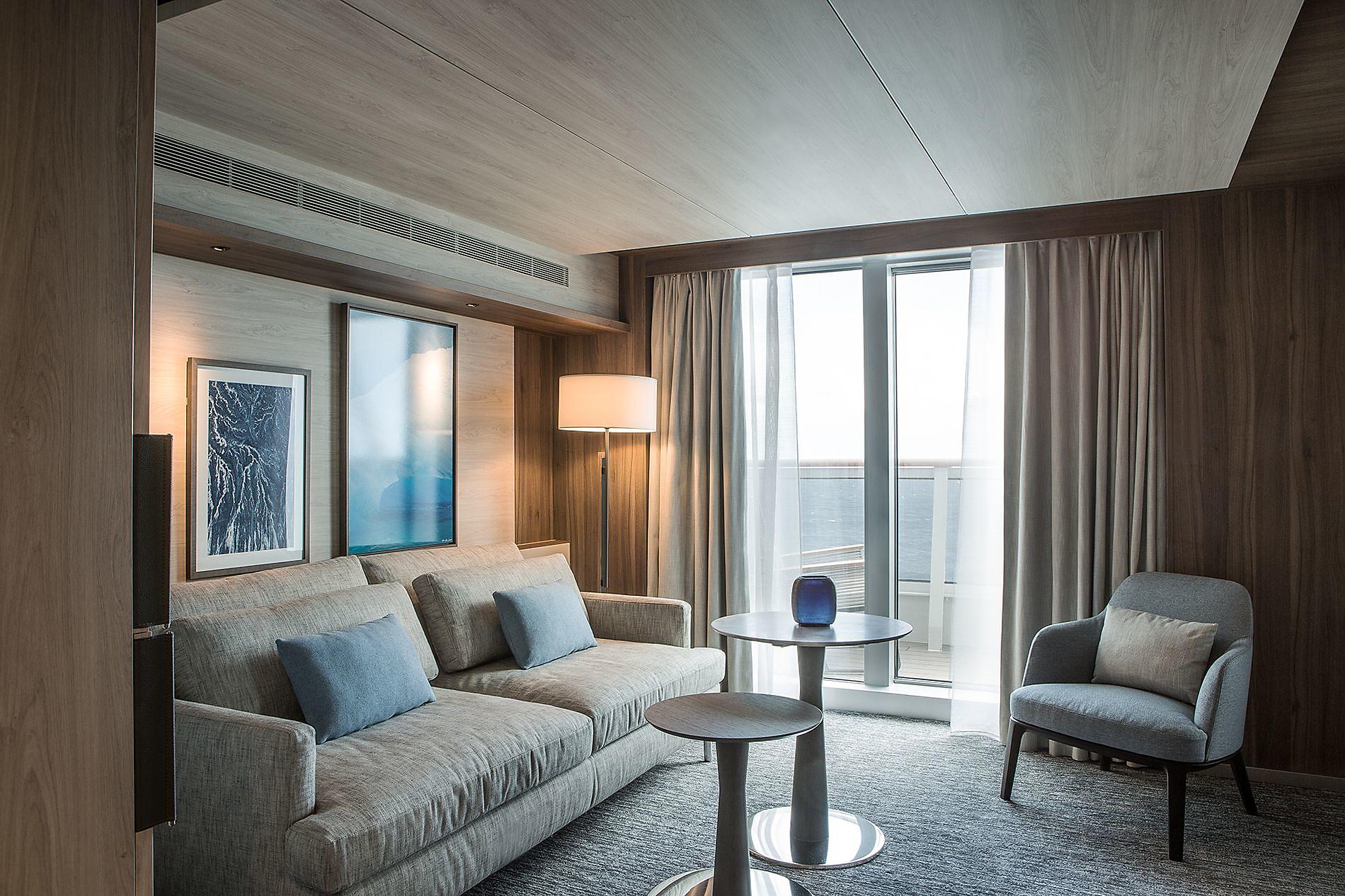
Privilege Suite
Services provided
- Concierge Service: tailor-made and fully customisable services, from your reservation until you return from your trip
- Glazed private balcony for all our staterooms and suites
- Terrace for the Duplex suites and the Owner’s suite
- 24-hour room service
- Inclusive Wifi internet access (availability dependent on navigation and latitude)
- Individually-controlled air conditioning
- Dressing room with shelves and closet
- Dressing table and hairdryer
- Dyptique Paris top-of-the-line bath products
- Minibar
- Nespresso coffee maker and boiler
- Electronic safe
- Direct line telephone
- Bose Bluetooth speaker
- Flat screen TV, international channels (availability dependent on navigation) and videos on demand
- 110V American (two flat pins)/220V European (round sockets with two round pins)
- 3 ADA staterooms
- Priority boarding
- Champagne and fruit basket upon arrival
- Butler service
- An assortment of sweet or savoury canapés and fruit basket every day
- A lounge with sofa bed, armchair, and sliding courtesy door
- A Samsung tablet connected to Wifi
- A bedroom with king-size bed (180 x 200 cm) or two single beds (90 x 200 cm)
- A bathroom with shower and Balneo bathtub
- Two panoramic sliding doors and rectangular porthole
- A 12.5 m² glazed private balcony
- Two pairs of Swarvoski CL Companion 10 x 30 binoculars
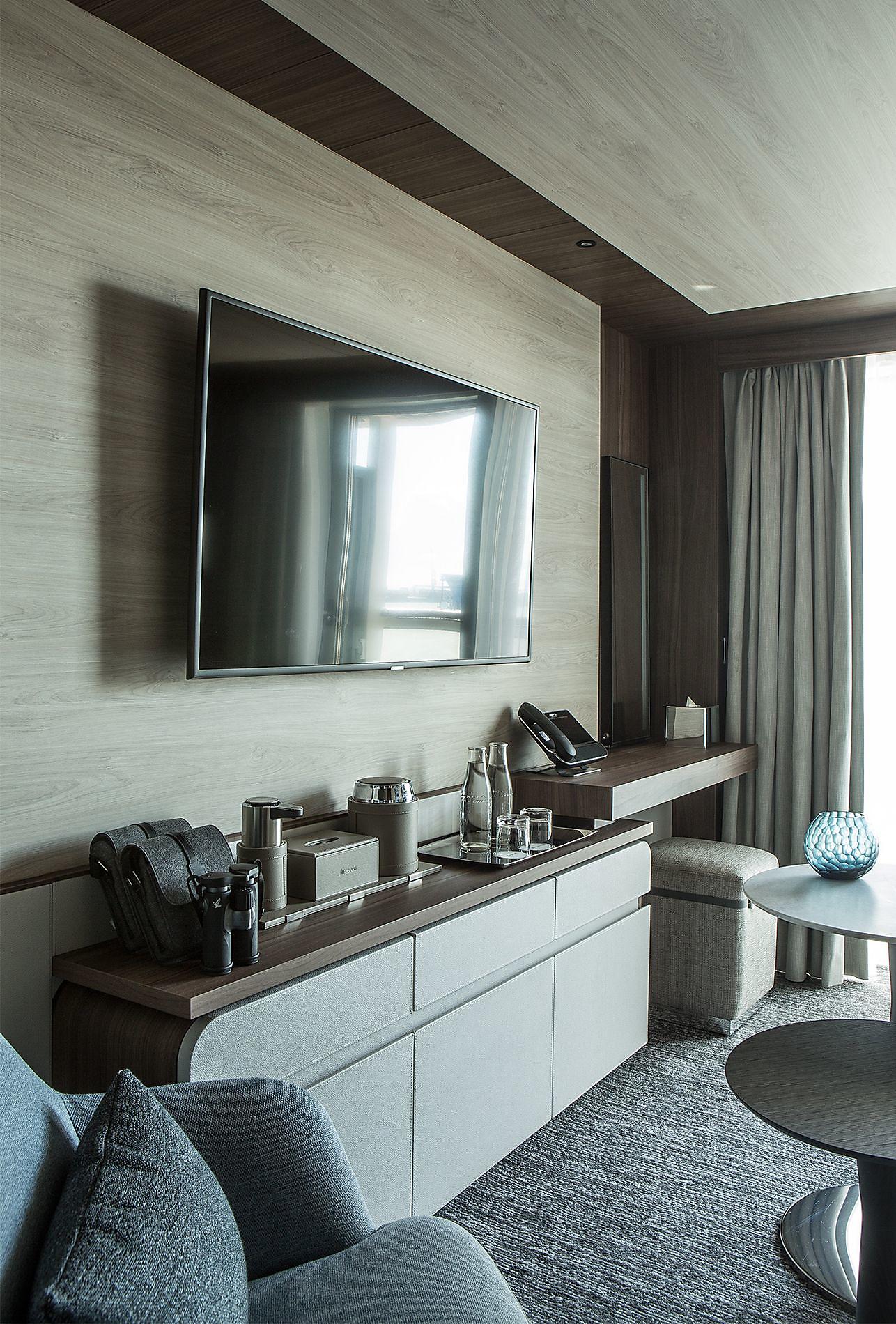
Grand Prestige Suite
Services provided
- Concierge Service: tailor-made and fully customisable services, from your reservation until you return from your trip
- Glazed private balcony for all our staterooms and suites
- Terrace for the Duplex suites and the Owner’s suite
- 24-hour room service
- Inclusive Wifi internet access (availability dependent on navigation and latitude)
- Individually-controlled air conditioning
- Dressing room with shelves and closet
- Dressing table and hairdryer
- Dyptique Paris top-of-the-line bath products
- Minibar
- Nespresso coffee maker and boiler
- Electronic safe
- Direct line telephone
- Bose Bluetooth speaker
- Flat screen TV, international channels (availability dependent on navigation) and videos on demand
- 110V American (two flat pins)/220V European (round sockets with two round pins)
- 3 ADA staterooms
- Priority boarding
- Champagne and fruit basket upon arrival
- Butler service
- An assortment of sweet or savoury canapés and fruit basket every day
- A lounge area with chaise longue and second TV
- A Samsung tablet connected to Wifi
- A king-size bed (180 x 200 cm) or two single beds (90 x 200 cm)
- A bathroom with shower and Balneo bathtub
- A panoramic sliding bay window
- A 5 m² glazed private balcony
- Two pairs of Swarvoski CL Companion 10 x 30 binoculars
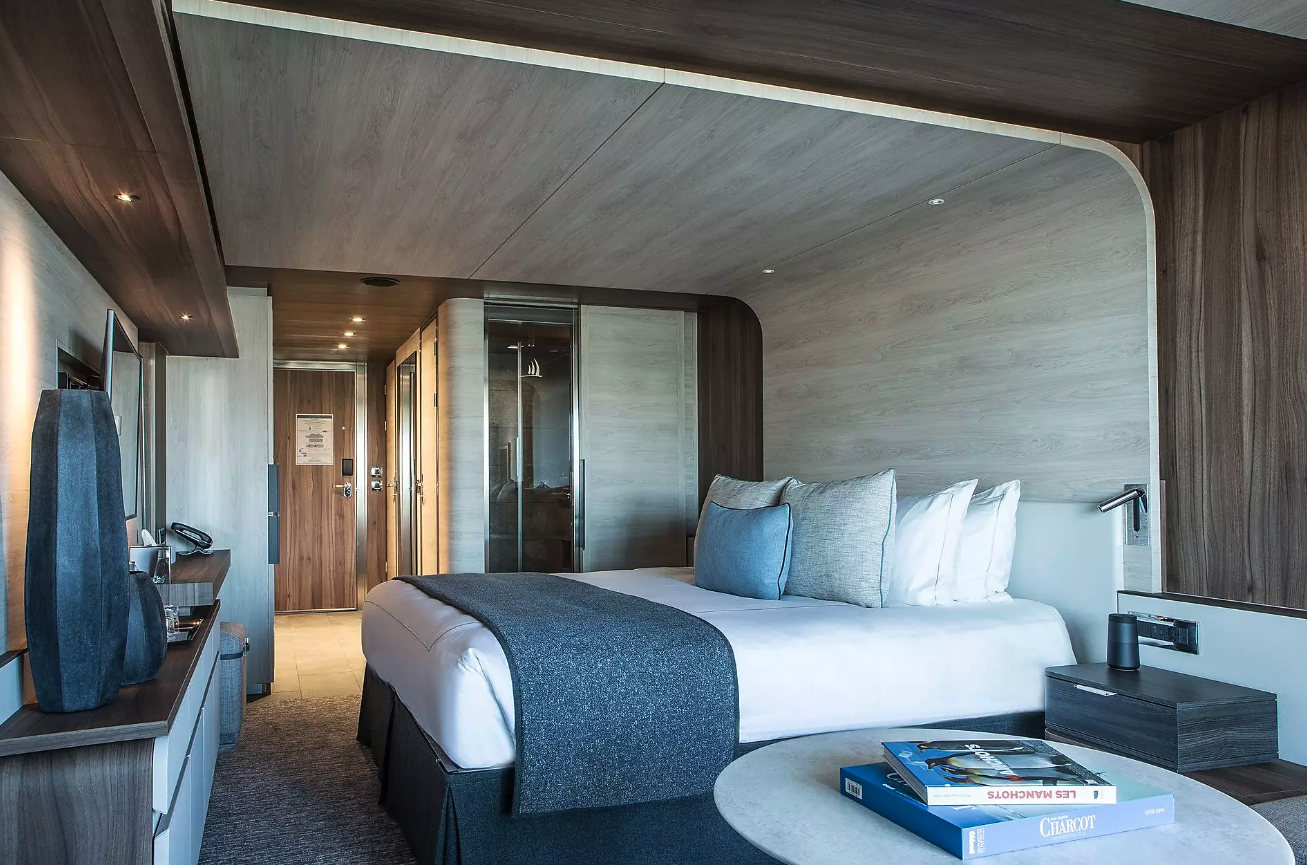
Deluxe Suite
Services provided
- Concierge Service: tailor-made and fully customisable services, from your reservation until you return from your trip
- Glazed private balcony for all our staterooms and suites
- Terrace for the Duplex suites and the Owner’s suite
- 24-hour room service
- Inclusive Wifi internet access (availability dependent on navigation and latitude)
- Individually-controlled air conditioning
- Dressing room with shelves and closet
- Dressing table and hairdryer
- Dyptique Paris top-of-the-line bath products
- Minibar
- Nespresso coffee maker and boiler
- Electronic safe
- Direct line telephone
- Bose Bluetooth speaker
- Flat screen TV, international channels (availability dependent on navigation) and videos on demand
- 110V American (two flat pins)/220V European (round sockets with two round pins)
- 3 ADA staterooms
- A lounge area with chaise longue and two armchairs
- A king-size bed (180 x 200 cm) or two single beds (90 x 200 cm)
- A bathroom with shower
- A panoramic sliding bay window
- A 5 m² glazed private balcony

Prestige Stateroom
Services provided
- Concierge Service: tailor-made and fully customisable services, from your reservation until you return from your trip
- Glazed private balcony for all our staterooms and suites
- Terrace for the Duplex suites and the Owner’s suite
- 24-hour room service
- Inclusive Wifi internet access (availability dependent on navigation and latitude)
- Individually-controlled air conditioning
- Dressing room with shelves and closet
- Dressing table and hairdryer
- Dyptique Paris top-of-the-line bath products
- Minibar
- Nespresso coffee maker and boiler
- Electronic safe
- Direct line telephone
- Bose Bluetooth speaker
- Flat screen TV, international channels (availability dependent on navigation) and videos on demand
- 110V American (two flat pins)/220V European (round sockets with two round pins)
- 3 ADA staterooms
- A lounge with sofa, armchair, TV and sliding courtesy door
- A king-size bed (180 x 200 cm) or two single beds (90 x 200 cm)
- Two bathrooms with shower
- Two panoramic sliding bay windows
- A 10 m² glazed private balcony

